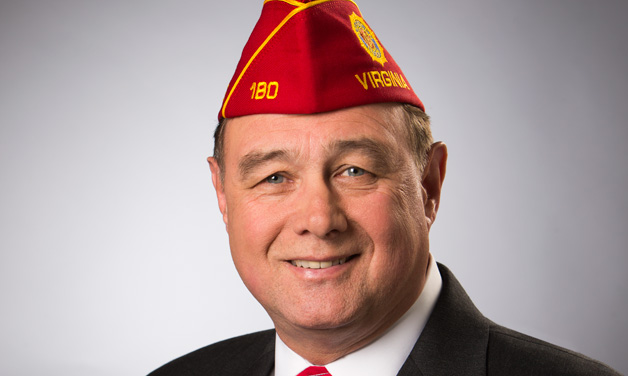
Student Veterans of America works side by side with Legionnaires to keep the spirit and purpose of the GI Bill alive for post-9/11 veterans.
Seventy-one years ago, veterans of the first world war noticed a big problem on the horizon. Young GIs were returning to their hometowns from fighting in the European and Pacific theaters only to find a federal support network that was slow to provide answers about benefits, deficient on health-care services and virtually unconscious to the need for effective transition assistance. In 1943, thousands of veterans who would later become known as the Greatest Generation had no idea what their futures held. Worse yet, they had little reason for hope.
Such was the milieu when The American Legion called for a nationwide survey of newly discharged veterans – market research, if you will – and delivered personal case studies to Congress. That set the stage for what would become the original GI Bill, a multi-plank platform that centered on college education, home loans, health care and unemployment payments. It was the most important social legislation of the 20th century, a triumph that educated millions, built the middle class, improved VA health care and returned $7 to the economy for every federal dollar spent. Moreover, the GI Bill was shaped by front-line intelligence, individual case studies of those who had come home and needed help becoming civilians again.
Over a half-dozen war eras later, Student Veterans of America (SVA) carries that spirit forward, locked arm in arm with The American Legion. The Legion and SVA have worked closely during the post-9/11 era, fighting in Washington for 21st-century VA education benefits and collaborating on state and local initiatives, such as changes to provide in-state tuition waivers to veterans regardless of how long they have lived at one address. (To learn more about that, visit the SVA website’s “in-state tuition map”) With chapters on 950 different college campuses, SVA is much like The American Legion, a vast network of veterans dedicated to each other and certain that, given the chance, those who served in uniform can and will succeed. The GI Bill taught us all what can happen to an economy when a nation puts its trust in veterans.
As the survey did in 1943, SVA chapters provide valuable firsthand insights into the issues student veterans face. United, the Legion and SVA use those insights to improve the Post-9/11 GI Bill, ensuring that institutions provide quality, accessible college educations that work for today’s veterans, nearly half of whom have families at home to support. American Legion members, posts, districts, counties and departments need to continue building bridges with their local SVA chapters. The Legion can provide mentorship, claims assistance, employment help and influence from the campus administration building to Capitol Hill. SVA, in turn, can provide the Legion firsthand knowledge to sharpen our legislative agenda, including real-life examples of the challenges student veterans face, just like the case studies of 1943.
Legionnaires know what it’s like to juggle family, career, school and community service. Let’s stand together in support of student veterans, whether it’s an SVA chapter or a campus Legion post, or both, and remember that veterans of multiple generations worked together once to revive an economy. We can do it again.
- Magazine

